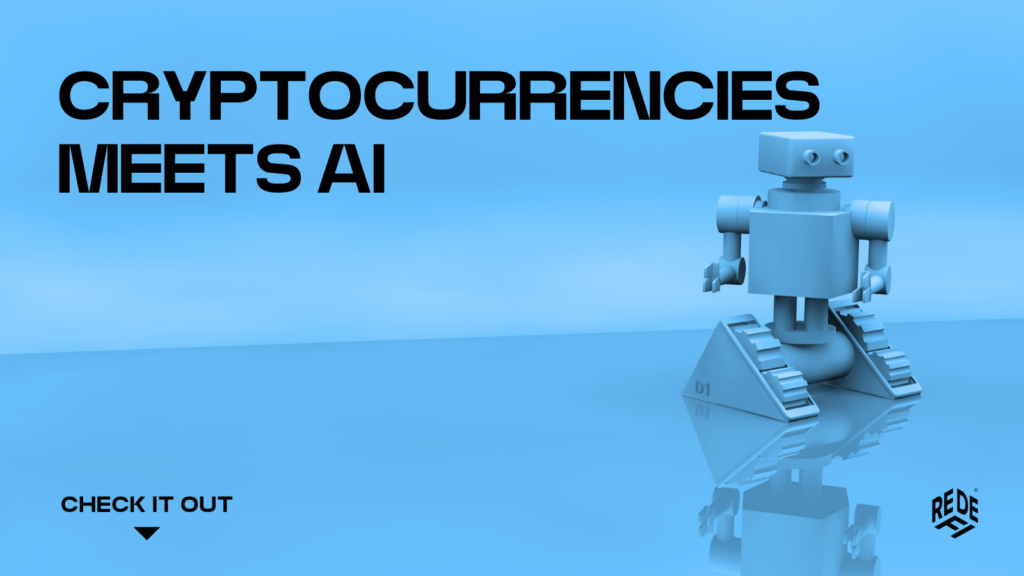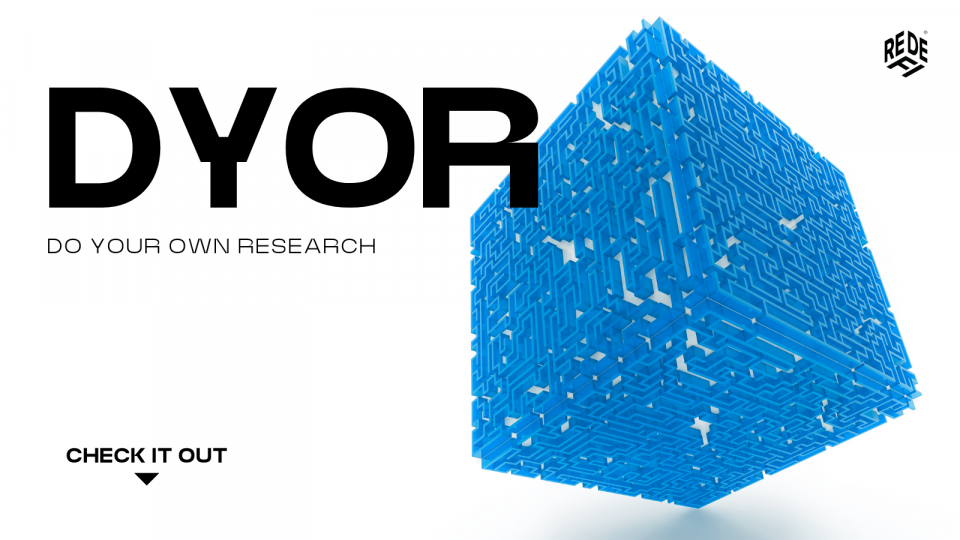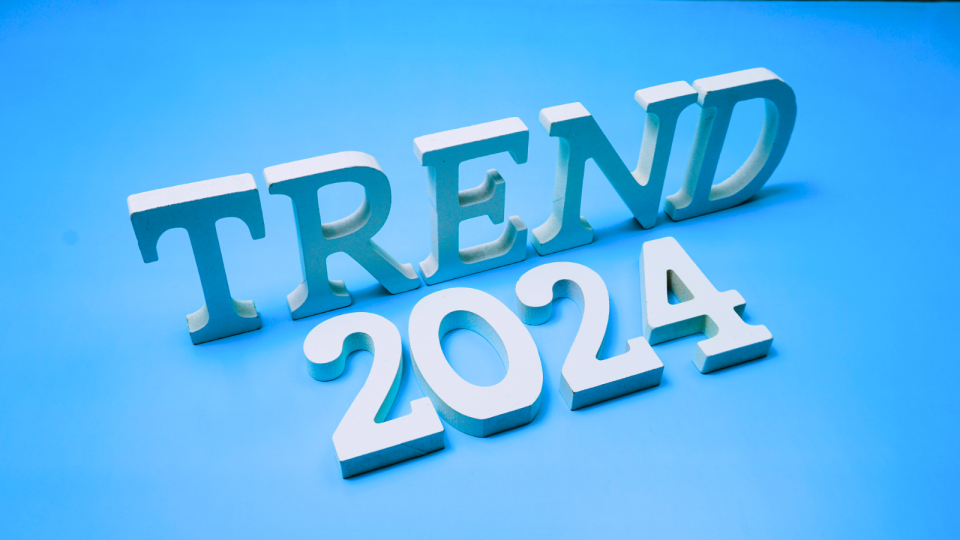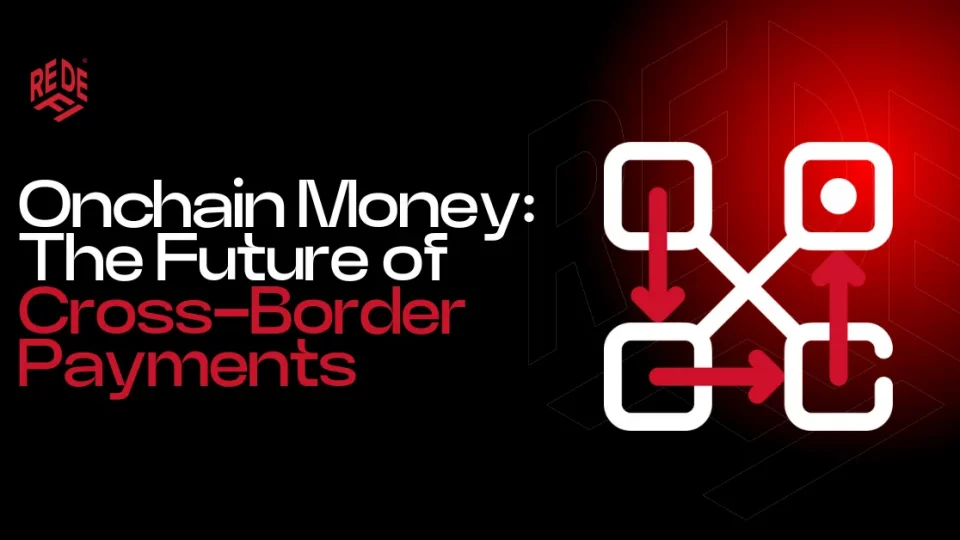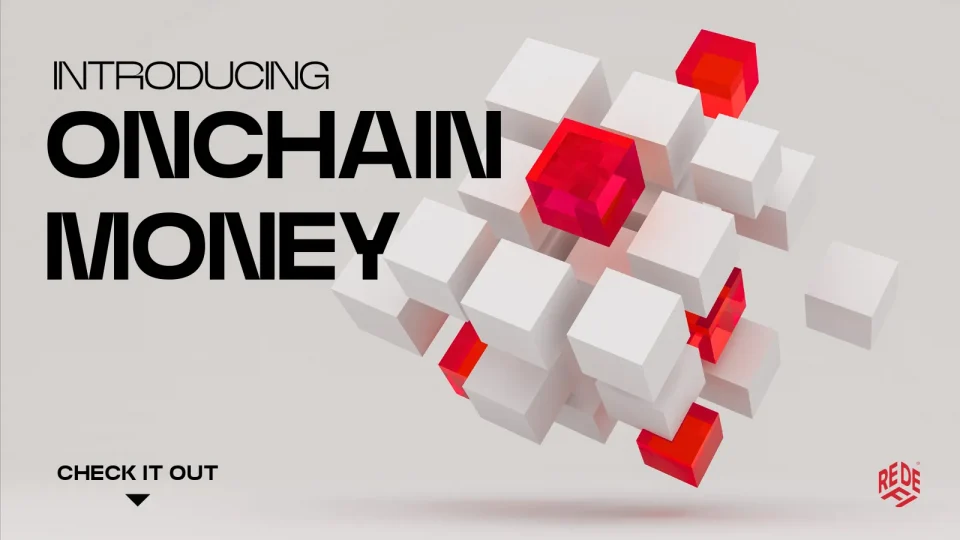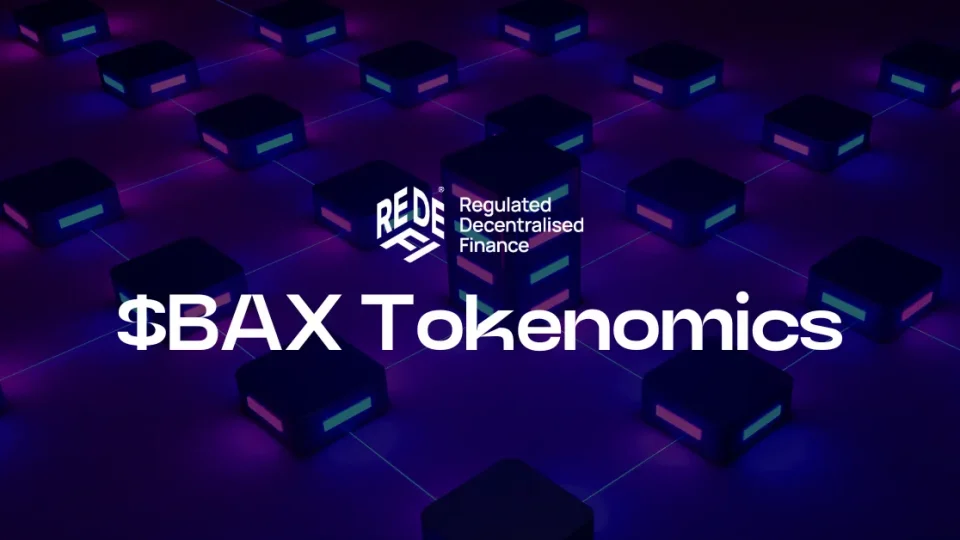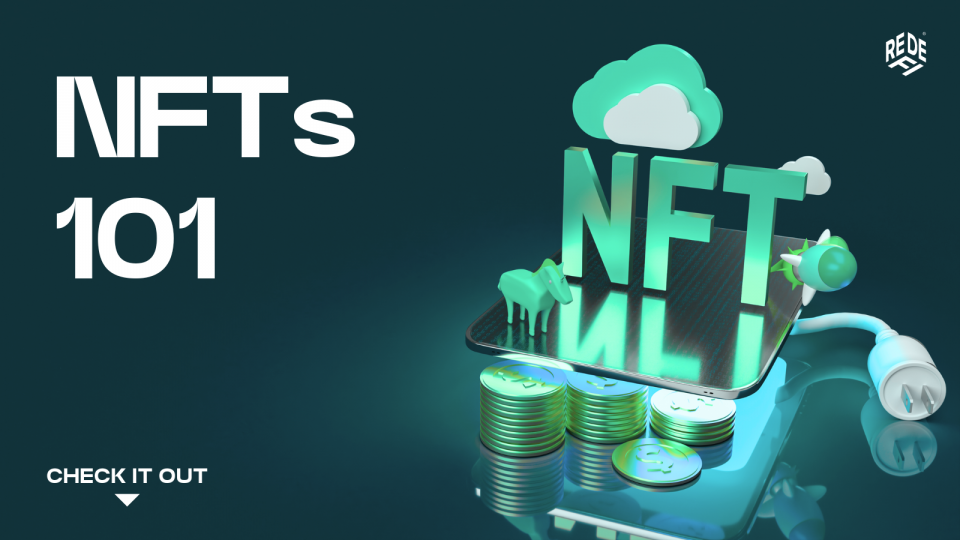Blockchain technology and AI offer solutions to certain problems, yes. But what if you take the best aspects of each one and blend them together?
If you are not new to the space, you most likely came across AI cryptocurrencies. Protocols like The Graph and SingularityNET were two pioneering projects integrating blockchain technology and some form of machine learning and artificial intelligence.
What you think is possible in the traditional financial market or even cryptocurrencies, you can double or even triple it if you add AI in the equation. We’re not just talking about a minor tweak in how trading or security may work, but rather witnessing a pivotal shift in the upcoming years.
Essentially, the tools offered by this integration are as innovative as they are practical. Of course, there are still many limitations and unexplored areas, but the future is promising.
More than Just a Trend
It’s clear that AI’s role in cryptocurrencies goes beyond the typical buzzwords. It’s not just about the cool factor of having AI; it’s about tangible, practical advantages that are changing the game. AI-driven cryptocurrencies are leveraging technologies to make market analysis sharper, trading more automated, and governance models truly decentralised. This isn’t a twist in the future of cryptocurrencies; it’s a whole new chapter.
Picture this: AI algorithms that analyse through mountains of market data to unearth patterns and trends. And this is happening right as you read this piece. These algorithms provide insights that help traders or investors manage their positions, without actually managing the positions if an often fluctuating crypto market. This is a whole new level of precision in financial decision-making that was once the stuff of dreams.
And it’s not just about smarter analysis. AI in cryptocurrencies is transforming the way trading is done. Gone are the days when trading strategies were solely at the mercy of human emotion and bias. AI-powered trading bots are now taking the reins, executing trades with a level of efficiency that’s challenging the status quo.
‘’While trading is easier, it is also smarter.’’
But perhaps the most striking aspect of this AI-crypto synergy is in governance. We are witnessing a move away from traditional, top-down decision-making models. In their place are emerging democratic, decentralised systems where every token holder gets a say. But isn’t that achieved through current governance structures in DAOs? Yes, but it’s not as decentralised as you may think.
As we dive deeper, what becomes clear is that we’re not just witnessing a technological advancement. We’re participating in a financial revolution. The combination of AI and cryptocurrency is still in its infancy but is advancing rapidly. Let’s look at some of those integrations:
Intelligent Security Measures
Security is important, we all know that. Networks like Bitcoin or Ethereum have solid security frameworks based on cryptographic algorithms and their infrastructure, but they’re not immune to cyber threats, especially smaller networks. AI’s integration can be a game changer.
Imagine machine learning algorithms tirelessly monitoring blockchain networks, scanning transaction patterns in real time or metadata. They can be trained to spot anything out of the ordinary, like suspicious activities and potentially fraudulent transactions.
AI-Driven Crypto Trading
AI might become an indispensable co-rider for traders. It’s all about turning volatility from a foe into a friend. AI does this through predictive analytics – analysing large amounts of data to forecast market movements. These aren’t just guesses or finding a strategy; they’re informed predictions, refined by AI’s ability to process more information than any human could handle in real time.
Then there’s the execution part. AI systems can autonomously execute trades, seizing opportunities at speeds that leave human traders in the dust, even the pro traders. This of course can be extremely dangerous for beginners, but its certainly something that is already been developed.
Smart Contracts Becoming Smarter?
Smart contracts are already revolutionary, automating transactions without middlemen. But with AI, they’re getting an intelligence boost. Imagine smart contracts that not only execute predefined actions but also make complex decisions based on real-time data. It’s like giving them a brain (not a human one, but one that is immutable).
Platforms like Chainlink have introduced decentralised oracles, feeding live data into these smart contracts. Combine this with AI, and you have contracts that can adapt and react to the latest market data. Think of insurance contracts that automatically pay out based on real-time data, or DeFi protocols that adjust lending rates on the fly. Processes won’t be only automatic but dynamic and responsive according to feedback and analytics.
Decentralised Decision-Making
DAOs are redefining organisational structures, but by adding AI to the mix, you elevate them to another level. An AI-enhanced DAO isn’t just a group making decisions; it’s a smart entity capable of analysing strategies and real-world data to make more informed choices. It’s free from human biases, election rigging, and the limitations of manual data processing.
Imagine a DAO that uses its treasury in DeFi. Using AI to scrutinize project data and make funding decisions, can create a truly fair, unbiased, and transparent decision-making process. It’s the embodiment of the democratic ethos of blockchain, supercharged with AI intelligence.
The Challenges of Merging AI with Cryptocurrency
Incorporating AI and cryptocurrencies isn’t without its hurdles. One of the main issues is the complexity of AI-driven strategies. These can often be intricate and difficult to fully grasp, posing a challenge in understanding and trusting the AI’s decisions. It’s crucial for those using AI platforms to have a good handle on how they work. Developers, on their part, should aim for user-friendly designs and provide ample educational resources to ease this learning curve.
Another concern is the potential over-reliance on AI. It’s easy to become too comfortable and overly dependent on automated systems, leading to a hands-off approach. This can be risky, as it may result in trades going unmonitored and risks being overlooked. To counter this, traders should remain actively involved in their strategies and stay informed about market conditions. A hybrid approach, blending AI insights with human expertise, might offer the best of both worlds.
Then there’s the issue of AI’s fallibility. AI systems aren’t infallible; they can err, especially in the face of unforeseen market events or programming glitches. The 2010 Flash Crash serves as a reminder of how even advanced AI can contribute to market instability. To mitigate such risks, it’s essential for continuous, rigorous testing and validation of AI models, coupled with a solid risk management strategy.
The integration of AI into cryptocurrency also adds to the sector’s public perception challenges. Cryptocurrency already grapples with issues of trust and regulatory scrutiny. Adding AI to the mix only complicates the narrative, potentially heightening public scepticism.
Last but not least, ensuring AI-driven practices are in line with regulations and ethical standards is critical. This will require cooperation between AI developers, traders, and regulators to develop guidelines that encourage responsible AI usage in the cryptocurrency industry.
AI and Crypto: Weighing the Pros and Cons
So, is AI a good fit for the crypto market? The answer isn’t definitive or black and white. AI brings undeniable strengths to the table, like advanced pattern recognition that aids in predicting price movements and making more informed trading decisions. Its ability to operate continuously offers around-the-clock monitoring, which is a significant plus in a volatile market like crypto.
However, the road to integrating AI into cryptocurrency is lined with challenges. These include the scarcity of long-term data for AI to learn from, the complexity of the market, high computational demands, public distrust, regulatory hurdles, and significant costs.
Despite these obstacles, the fusion of AI and cryptocurrencies could significantly enhance trading strategies, risk management, security, and even regulatory compliance. But to fully realise this potential, we need a blend of innovative thinking, proper regulation, and global collaboration. The road ahead is exciting, and we stand at the grasp of something truly innovative and unique.
Disclaimer:
Don’t invest in cryptocurrencies unless you’re prepared to lose all the money you invest. This is a high-risk investment, and you should not expect to be protected if something goes wrong. Take 2 mins to learn more.
